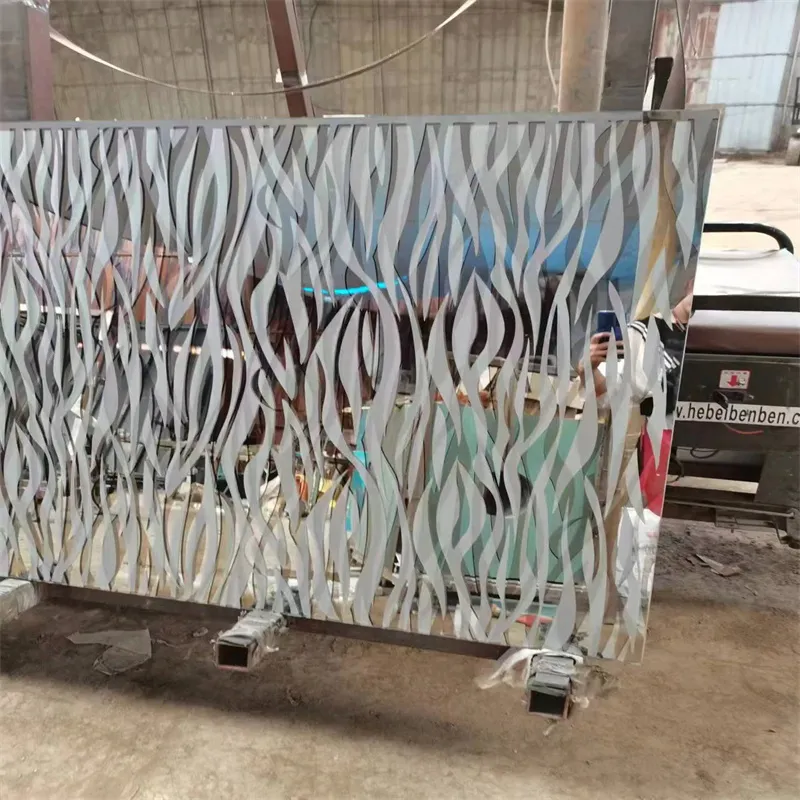Sep . 29, 2024 04:59 Back to list
Understanding Toughened Laminated Safety Glass and Its Applications in Modern Architecture
Toughened laminated safety glass is an innovative glazing solution that combines the strength of toughened glass with the safety features of laminate technology. This type of glass serves an essential role in modern architecture, automotive design, and various other applications where safety and durability are paramount.
The manufacturing process of toughened laminated safety glass begins with toughened glass, known for its superior strength compared to standard glass. Toughened glass is produced by heating it to high temperatures and then cooling it rapidly, a process that puts the outer surfaces under compression, thus increasing its resistance to impact and heat. This makes it ideal for scenarios where glass is subject to physical stress.
To enhance safety, a layer of polyvinyl butyral (PVB) or ethylene-vinyl acetate (EVA) is sandwiched between two or more layers of toughened glass. This interlayer acts as a barrier, holding the glass together even if it is shattered, preventing dangerous shards from scattering. This feature is crucial in preventing injuries in case of accidental impacts, such as in car accidents or break-ins.
toughened laminated safety glass

One of the most significant advantages of toughened laminated safety glass is its ability to provide enhanced security. In applications like storefronts or exterior walls, it can deter break-ins and protect valuable assets. Furthermore, this type of glass is often used in high-rise buildings and facades, as it can withstand extreme weather conditions, thermal expansion, and high winds.
In addition to safety and security, toughened laminated safety glass also offers excellent acoustic insulation, making it a preferred choice for urban environments where noise reduction is desirable. The laminated layer absorbs sound waves, providing a quieter indoor atmosphere while maintaining visibility.
Overall, toughened laminated safety glass represents a remarkable advancement in glass technology, addressing the dual demands for safety and aesthetics in both residential and commercial spaces. As architects and builders continue to push the boundaries of design, this versatile glazing option will remain integral to the construction of safer, more resilient built environments. Its combination of strength, safety, and sound insulation makes it an ideal choice for modern applications, reflecting a commitment to innovation and user well-being.
-
What is the Difference Between Float Glass and Normal Glass?
NewsMay.30,2025
-
Differences Between Float Glass, Tempered Glass and Laminated Glass
NewsMay.29,2025
-
The Wonders of Ultra Clear Glass: Perfect Clarity for Every Application
NewsMay.16,2025
-
The Benefits of Wired Glass: Durable, Stylish, and Safety-First
NewsMay.16,2025
-
The Beauty of Pattern Glass
NewsMay.16,2025
-
Tempered Glass for Sale
NewsMay.16,2025
Related PRODUCTS














